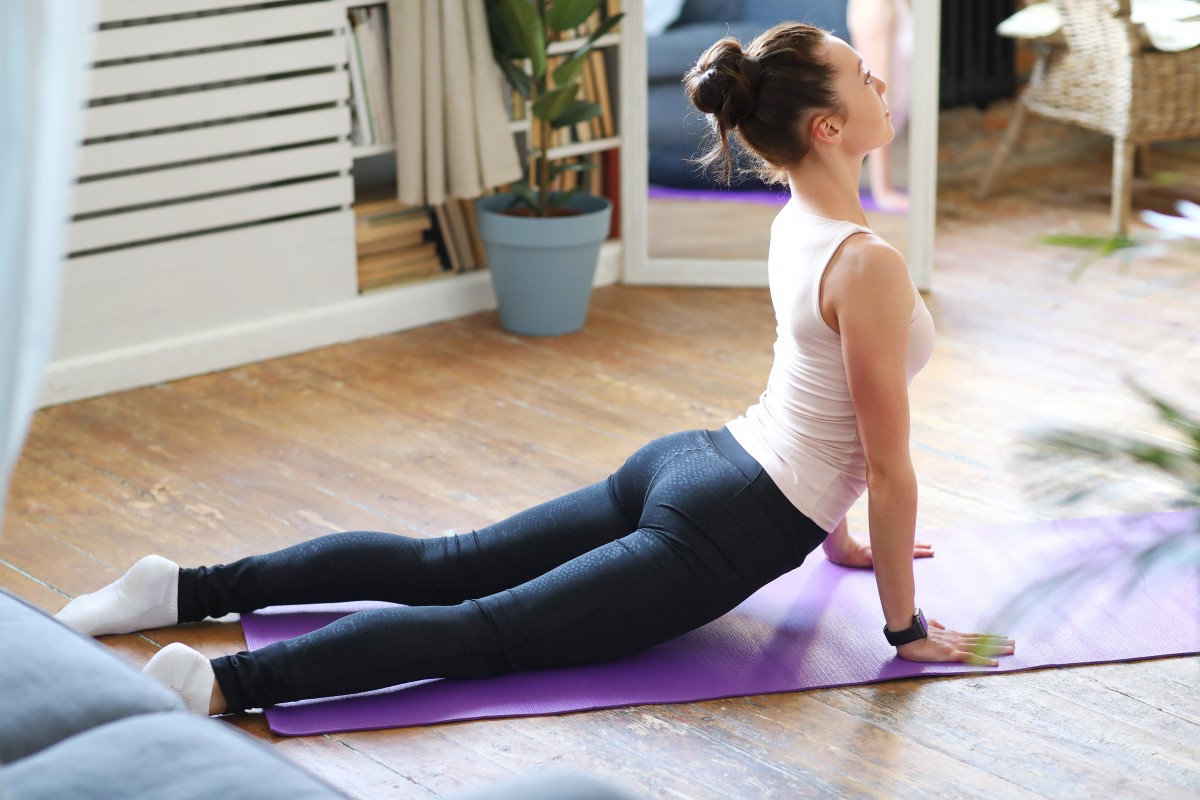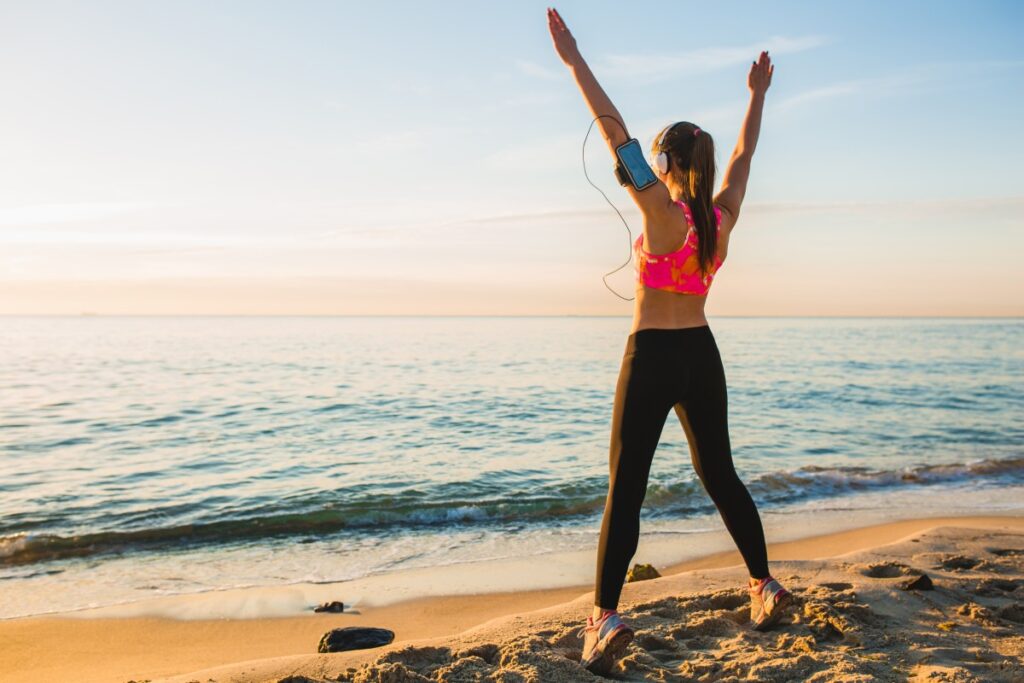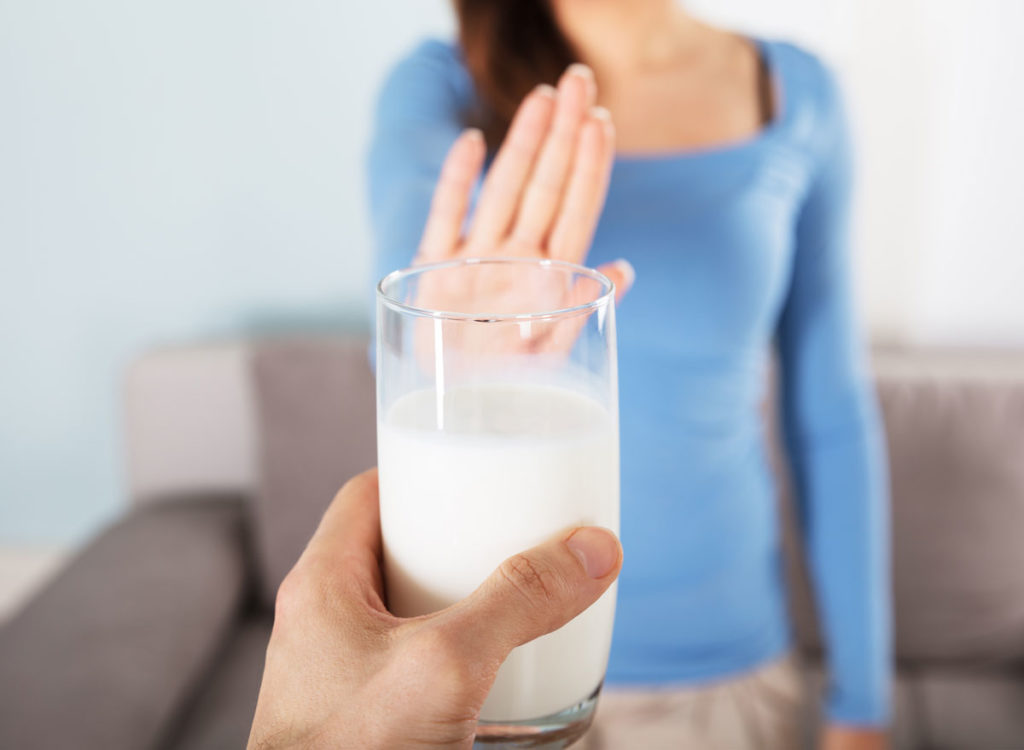If wellness depends on a healthy diet and regular sleep, we must not lose sight of the importance of regular physical activity. Not only sport, gardening, vacuuming, and washing the living room windows are all physical activities.
Those with sedentary jobs need to fit enough physical activity into their leisure time to compensate for the lack of physical activity and stay healthy. Here are some ideas on how to get started and enjoy the benefits of physical activity.
Benefits of physical activity: general aspects
Studies have shown that to stay fit and healthy for as long as possible, we need to exercise at least 30 minutes a day at a certain intensity and reduce the amount of time we spend sitting during the day. Physical activity is a preventive measure in many ways.
Physical activity recommendations for different age groups
The needs differ depending on whether you are 10, 30, or 70.
The WHO (World Health Organization) makes the following recommendations
– For children between 5 and 17 years old:
◦ practice at least 1 h of physical activity, moderate to vigorous intensity each day;
◦ include activities that strengthen muscles and bones at least 3 times per week;
– For adults ages 18-64:
◦ engage in at least 2 1/2 hours of moderate-intensity physical activity each week or at least 75 min weekly of vigorous physical activity, or a combination of the 2;
◦ perform muscle-strengthening activities at least 2 days per week;
– For individuals 65 years and older:
◦ engage in 2 1/2 hours of moderate-intensity physical activity each week or at least 75 min weekly of vigorous physical activity, or a combination of the 2;
◦ for people with limited mobility, practice physical activity at least 3 times per week to improve balance and prevent falls;
◦ practice muscle-strengthening activities at least 2 days per week.
WHO states that, beyond age 18, to reap additional health benefits, adults should increase to 300 min per week, or 5 h, of moderate-intensity physical activity or the equivalent.
Note: the intensity of different forms of physical activity varies from person to person; to be beneficial from a cardiorespiratory endurance perspective, you should do physical activity in at least 10 minutes increments.
Benefits of physical activity for our physical and mental health
When we spend 7 to 8 hours a day sitting in front of a computer, many muscles are not working hard enough, and many other functions are not sufficiently solicited (breathing, heart rate, energy expenditure).
Cerebral oxygenation is a key factor in the fight against memory disorders and brain-related diseases (Alzheimer’s, Parkinson’s, etc.). Physical activity reduces the risk of cardiovascular diseases (hypertension, coronary heart disease, stroke) by 25% and prevents respiratory problems. It favors the global oxygenation of the whole body.
Physical activity also helps to avoid problems of obesity and overweight: a moderate but regular physical effort would reduce the risk of diabetes by 20% and the risk of death in type 2 diabetics by 25%. It also strengthens the functioning of the immune system. Physical activity beyond two hours per week also reduces the risk of developing metabolic steatosis and NASH.
It also prevents osteoporosis and strengthens the bone system.
Other important benefits of physical activity are that it increases the level of good cholesterol (HDL) and helps eliminate stress and anxiety. Finally, it helps to resolve sleep disorders, such as insomnia.
Good to know: physical activity reduces the risk of cancer (especially of the breast, endometrium and colon) and improves the effectiveness of chemotherapy in the treatment of cancer, while reducing their side effects.
Effects of physical activity on our body: what mechanism?
When we engage in physical activity, we release endorphins (secreted by the pituitary gland and the hypothalamus). These pleasure hormones effectively eliminate accumulated tension and stress and make us more serene and relaxed.
Sport, whatever its form, allows us to externalize what has been stored in the body by all the adrenaline discharges that have not been evacuated. It is therefore beneficial for our mental health, as well as for our physical well-being. When practiced regularly, it makes it possible to reduce or even eliminate stress before it accumulates in the body and triggers psychosomatic illnesses (ulcers, headaches, insomnia, depression…).
Benefits of physical activity: choosing an activity

Not at all athletic? Don’t worry! You can be physically active in ways that don’t involve a frantic daily jog. Every day, during the weekend or on vacation, gardening, fishing, cleaning the house, and walking up and down the stairs several times are all ways to be physically active.
As for the disciplines themselves, think first of oriental gymnastics: yoga or tai-chi-chuan are gentle gymnastics that make you move remarkably well without necessarily giving the impression of it. Aquagym and the various swimming techniques you can practice at your own pace are also very effective.
Develop good habits in your daily life as well. Walk briskly for 30 minutes a day. For example, walk a short distance from your workplace to get rid of the stress of the day. If you have a dog, walking it every evening is a daily activity that makes you feel better psychologically (in 60% of people).
Think of isometric gymnastics, which consists of exercising wherever you are: while waiting for transport, at your workstation, in front of the television…), or finally, start anti-gymnastics to free yourself of all your muscular tensions.
Important: for those who like sports, there is, of course, a wide range of activities for all ages and tastes: individual sports, team sports, fitness, swimming, simple regular jogging, etc.


